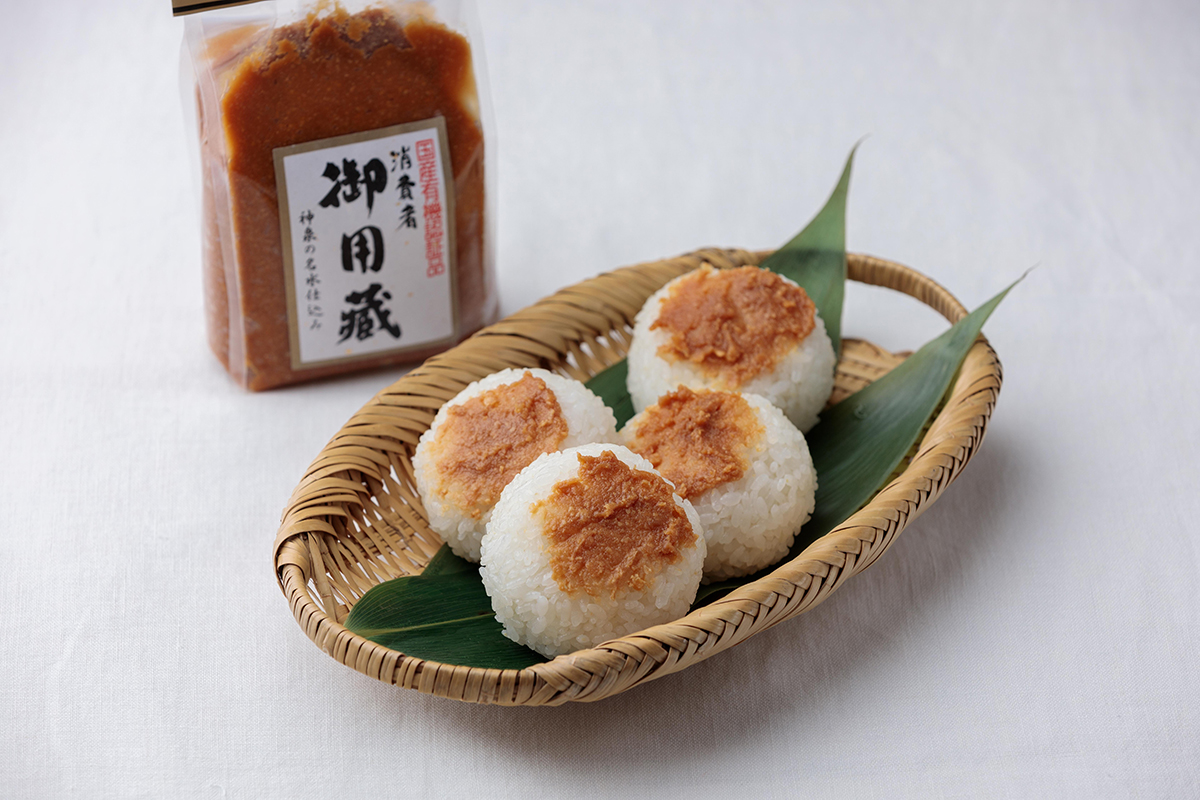Japan has four clear-cut seasons from ancient times. The seasons are spring, summer (high temperature and high humidity), autumn, and winter (low temperature and low humidity). Taking advantage of these characteristic seasons – especially low temperatures in winter and high temperatures with humidity in summer – quality miso (and shoyu) evolved into being the backbones of Japanese cuisine.
1. Ingredients
At YAMAKI JOZO, we use 100% Japan-grown, environmentally conscious ingredients, which are basically not treated with pesticides, chemical fertilizers, or weed killers. Japan-grown ingredients themselves are premium, and expensive compared to imported ingredients; however, we will continue to use Japan-grown ingredients to keep the true Japanese traditional taste and support local organic or sustainable farmers in Japan.
Also, water used in our products is local mountain spring water trickling from the top of the nearby mountain. This spring water is essential for creating our clean miso taste.
2. Traditional Slow Fermentation and Aging
We will always follow natural and traditional methods to make our miso with slow fermentation and aging, which gives a beautiful depth in taste.
3. Nama (Unpasteurized)
Unpasteurized Nama Miso means no heat treatment is given during the manufacturing process.
Since pasteurization is designed to kill microbes, unpasteurized miso has the best probiotic activity. This type of miso will always be sold refrigerated in glass jars or plastic containers. However, pasteurized miso is more commercially common since it is easier to ship. Since the pasteurization process reduces health benefits of miso, trading nutrition for convenience, we only produce unpasteurized nama miso. Miso types we offer are (1) Rice Miso (made with Brown Rice Koji/ White Rice Koji), (2) Barley Miso (made with Barley Koji), and (3) Soybean Miso (made with Soybean Koji).


